Beavers will soon be moved into three sites across the Spey catchment now the Cairngorms National Park Authority’s licence has been approved.
The animals became extinct in Scotland more than 400 years ago.
But in recent decades they’ve been coming back to our waterways in certain pockets of the country, such as Tayside.
The Cairngorms National Park Authority (CNPA) officially committed to bringing Eurasian beavers back to the park last year.
Since then, the organisation has been working to find suitable habitats for the native species to set up their dams.
After getting permission from three landowners near the River Spey the park authority applied for a licence to release the animals into three distinct areas.
NatureScot has now approved the licence allowing the park authority to release up to six beaver families across the sites.
CNPA beaver project manager Jonathan Willet described the progress to bring back beavers as “tremendously exciting”.
Jonathan spoke to the Press and Journal to explain:
- Where in Speyside the beavers could be released, and when
- Why there’s a drive to release beavers in the Cairngorms, and what it could mean for the area
- And, any challenges the beavers may face if released in the River Spey
Where could beavers be released near the Spey?
Following various studies, NatureScot discovered the Spey has some of the best quality of habitat for beavers in the Cairngorms region— particularly between Kingussie and Aviemore.
Three landowners/managers have given their permission for the park authority to release beavers at their sites.
They include Rothiemurchus Estate, next to Aviemore, and the RSPB’s Insh Marshes reserve, just south of Kingussie.
Thirdly, the organisation Wildland Cairngorm, owned by Danish billionaire Anders Holch Povlsen, has given the green light for beaver releases on land it manages.
Its estates in the area include Glenfeshie, Kinrara, Killiehuntly and Gaick.
After reintroduction at these spots, they could spread and begin to colonise the Spey catchment.
“I do wonder if lots of people think beavers are something they would go and see,” Jonathan said. “But, in 50 years you won’t have to go very far, potentially.
“You can’t be completely definite about beavers, they’re a wild animal and they will do their own thing.
“We’re being really upfront about what we’re doing here — we’re not just moving one or two families to be a wee tourist attraction in the Spey catchment, what we’re seeking to do is reestablish a wild population and they will spread as they choose to do so.”
What positives could beavers bring to the Cairngorms?
Beavers can create a more “dynamic” wetland habitat with their activities, by creating lots of tiny little habitats that humans simply can’t replicate.
The species are also good at creating homes for insects and amphibians, and potentially providing new areas for plants to grow.
Additionally, on well-wooded catchments with a large number of beaver territories, the dams can even hold back water and reduce peak flows in rivers.
It is hoped the toothy rodents could also be a boost for businesses in the park because people will be eager to catch a glimpse of them.
He said: “I do have to kind of pinch myself just to remind myself I’m involved in it, because we’ve got the wildcat releases in Strathspey which are looking good and going well, and then potentially we have beavers coming.
“Taking a step back from the job, just in a personal sense it’s quite mindblowing to think about, and the great thing about beavers is all that’s missing from the habitat is beavers.”
Why is there controversy surrounding releasing beavers?
According to Jonathan, the public mostly supports the move to reintroduce beavers across Scotland, but he admitted the situation is actually “quite complex”.
“I think at the moment, people see beavers as being somewhere else,” he explained, “they’re in the Highlands, they’re in the countryside.
“But really, if you’ve got any suitable habitat that is wetland, a river with woodland beside it for a food source… they have the capacity to colonise the whole of Scotland.
“I think that’s one of the things people aren’t prepared for.”
In the 2000s, “covert” releases in Tayside resulted in an unofficial population becoming established, and in 2009 government permission was granted for trial releases at Knapdale, Argyll.
Over the years they have colonised the Tay catchment, moving quite close to where people live and work.
Many farmers have complained about them damaging their land and crops over the years. But they are considered a European Protected Species, meaning only those with a licence can kill beavers.
The beavers moving to the Cairngorms will come from the Tay catchment.
Jonathan hopes by working with landowners they can find solutions, such as moving beavers to different sites, if there are any problems.
He said: “There is quite a divisiveness about beavers, and we accept that and we understand that and want to listen to people, but we believe we can do it differently here and it’s going to be an overall benefit for those living and working within the park.
“That’s the main message, we want beavers to benefit and we people to benefit too.”
Are there any challenges beavers could face in the Spey?
As well as flooding, Jonathan believes pike could be one of the big issues beavers will face if they move to the Spey catchment.
The fish can weigh up to 20kg and are known to eat ducklings if they get the chance, so they could potentially eat a beaver kit swimming in the water.
Other animals like foxes, badgers, and even otters could potentially eat beaver kits if they can’t get away.
After beavers were released in Loch Lomond two of the four kits were killed and eaten by otters.
But, Jonathan said the beavers learned from this and their behaviours changed. If an otter came anywhere close by, the territorial animals chased them away.
There is also a concern that people can disturb the animals, so the park authority is considering ways to manage the public.
He said: “It’s a great opportunity to raise awareness of beavers, but also how to behave around them, give a bit of space for wildlife let them get on and if you give them space hopefully you’ll get a good view of them.
“With beavers, you’ll get a tail slap on the water and they’ll disappear, because they can hold their breath for 15 minutes. If you disturb a beaver, you’re just not going to see it.”
When will the beavers be released in the Cairngorms?
Now the licence has been approved, beavers could be released in the Cairngorms early next year.
But because the animals live in families (which could be as many as six beavers) they need to be relocated as a group, meaning they all need to be captured at the same time.
Jonathan said this can be quite time-consuming, especially if the team manages to catch all but one, but is important for the animal’s welfare. They also need to go through the health screening before release which can take time.
He says the plan is to initially release two families, one in Rothiemurchus and one in the Wildland Cairngorm site.
More beaver families will later be released on the RSPB’s Insh Marsh.
Donald Fraser, NatureScot head of wildlife management, explained the decision marks a “significant milestone” for beaver restoration in Scotland, and will contribute to habitat restoration and biodiversity enhancement in the Cairngorms National Park.
He added: “We also appreciate and understand both the support and legitimate concerns articulated by farmers and crofters through the consultation process.
“We are satisfied that the monitoring and mitigation plans set out by the Cairngorms National Park Authority, alongside our existing Beaver Mitigation Scheme, will sufficiently address any potential conflicts that may arise.”
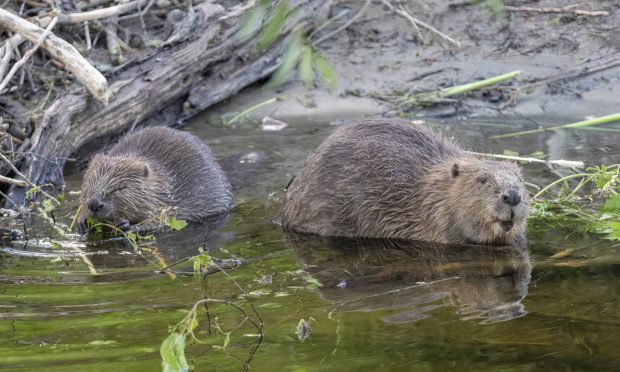

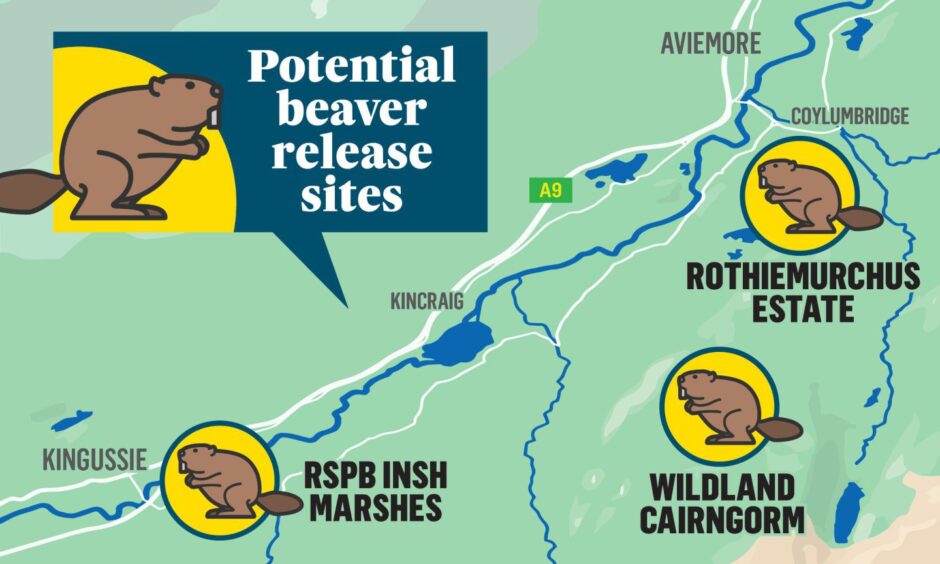
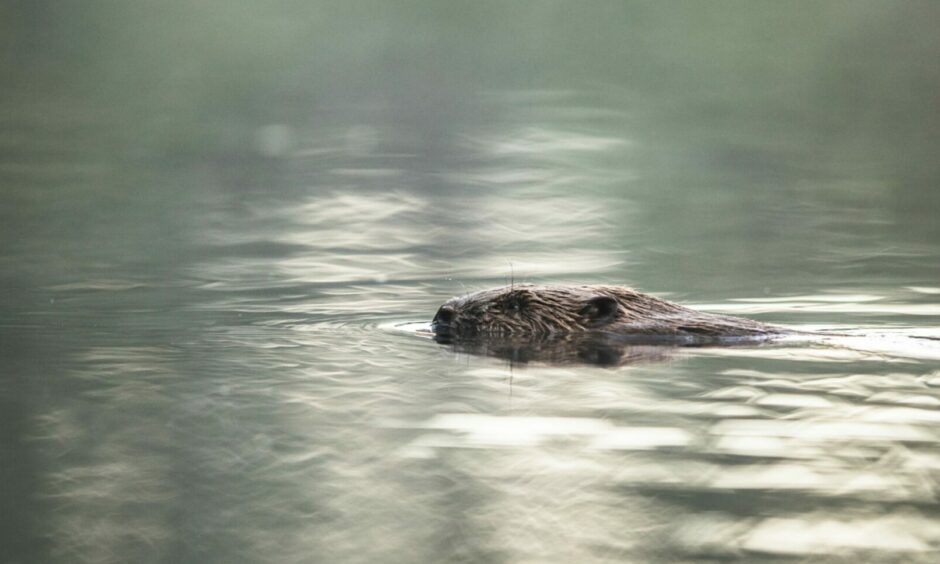
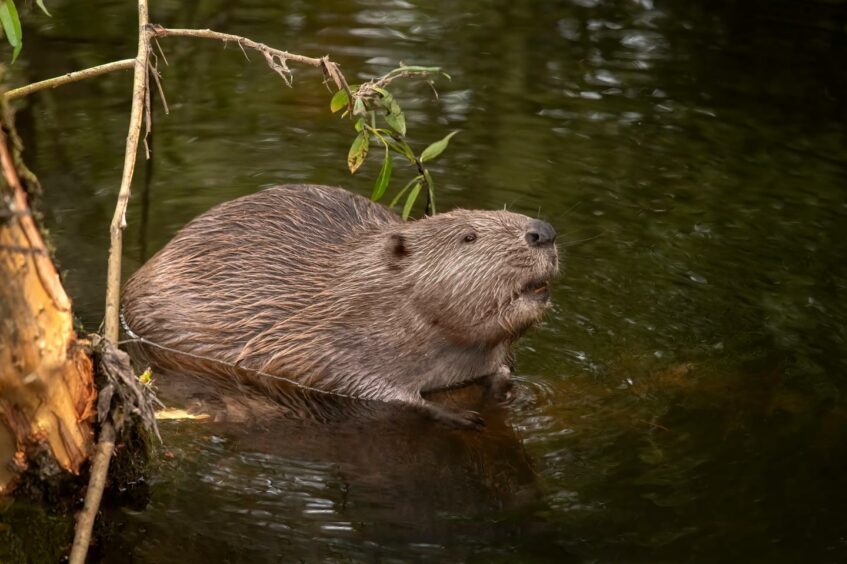
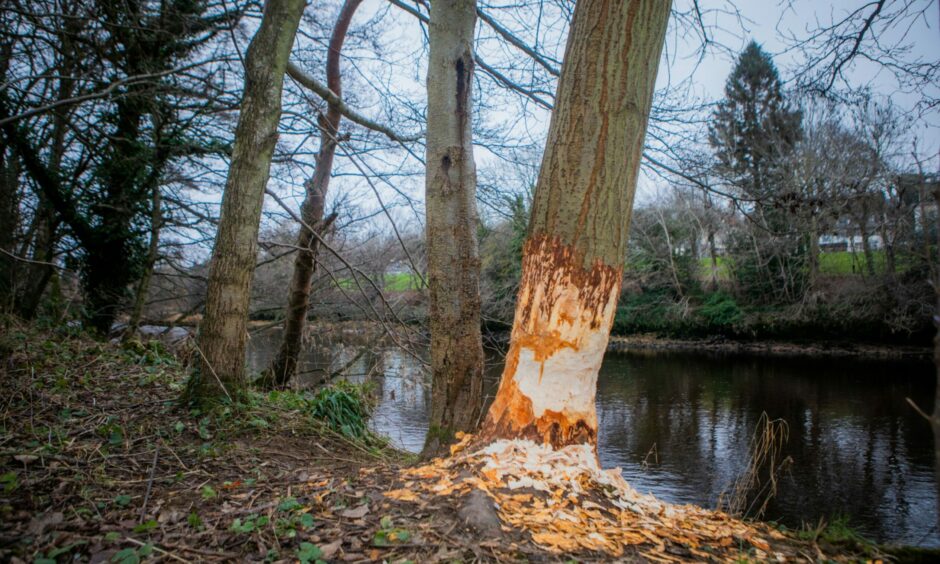
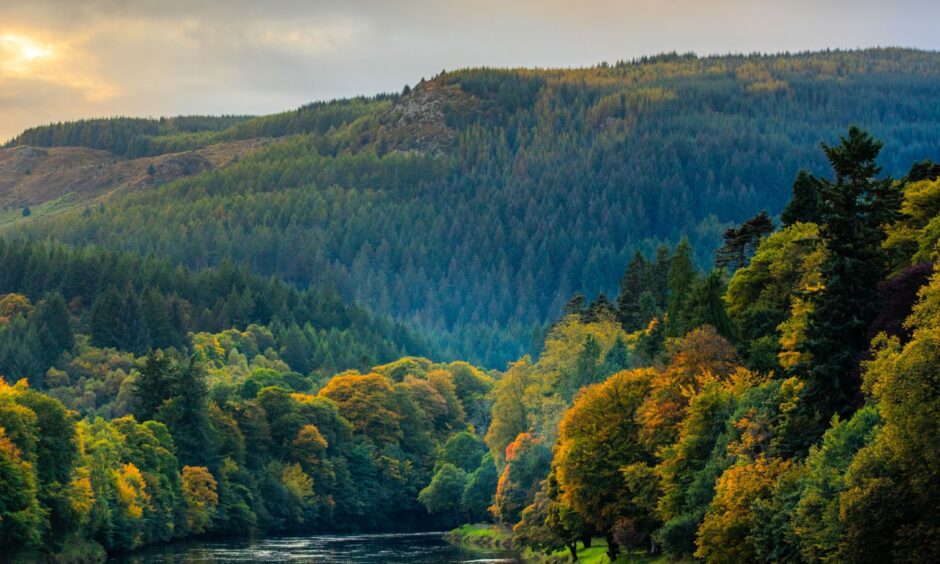


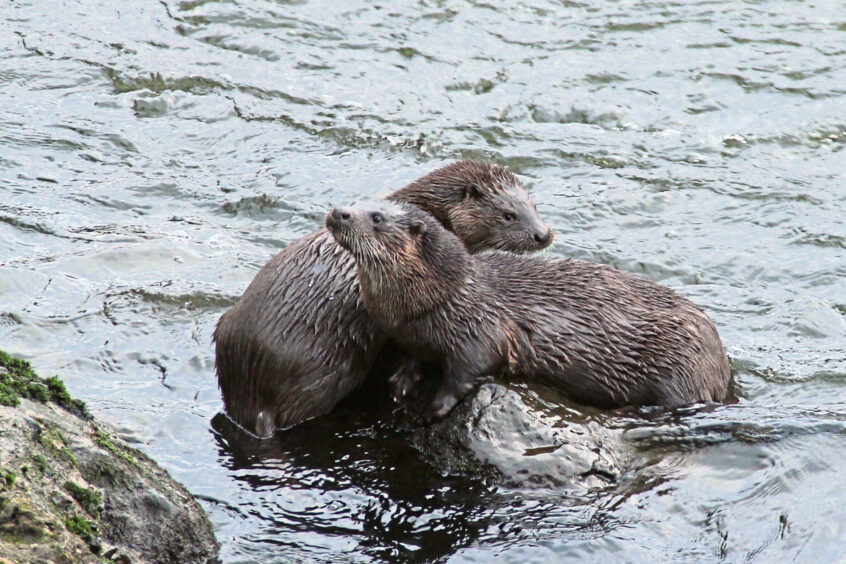
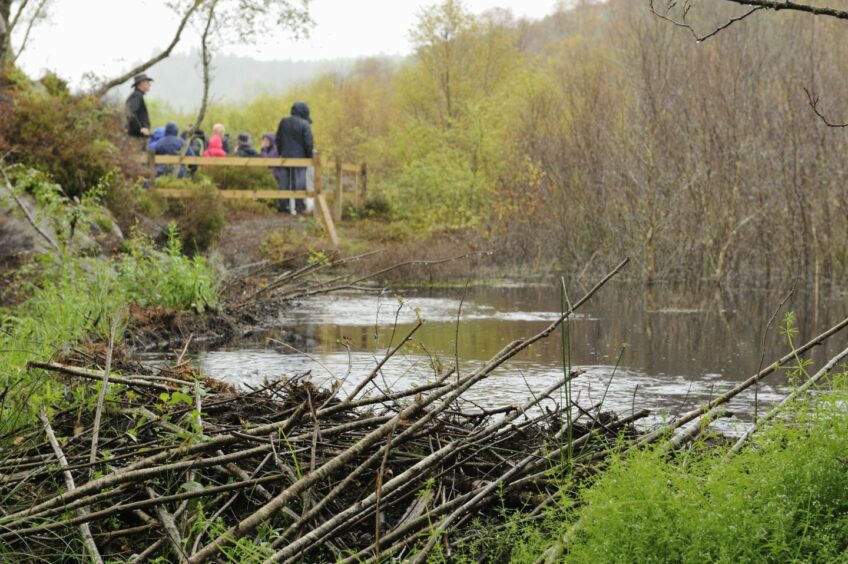
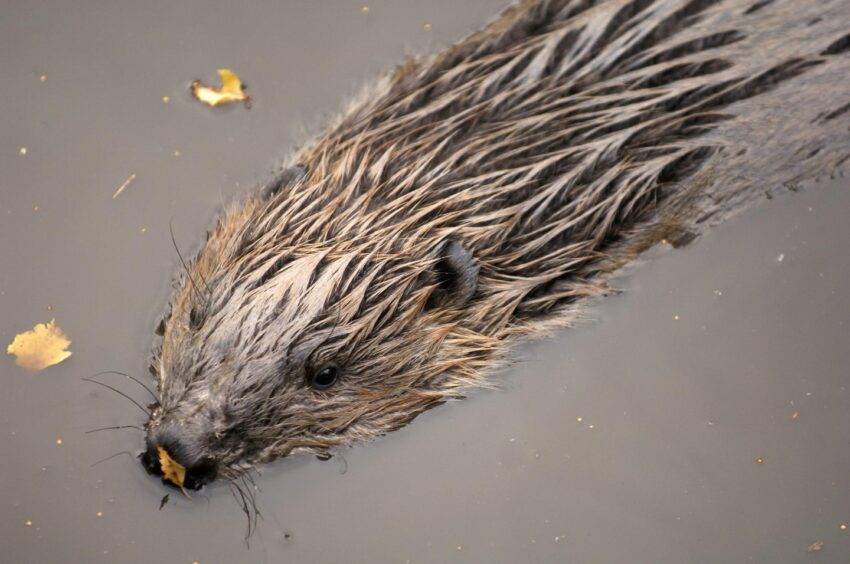
Conversation